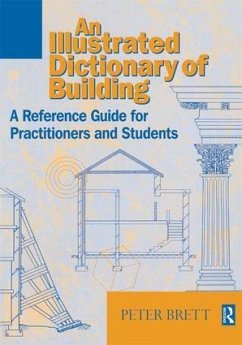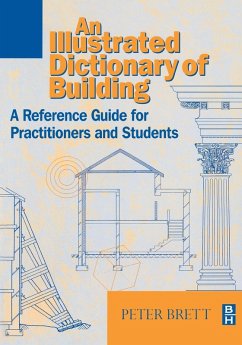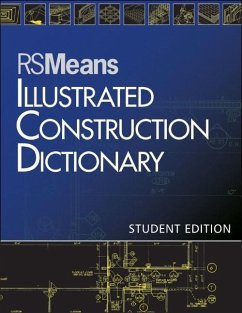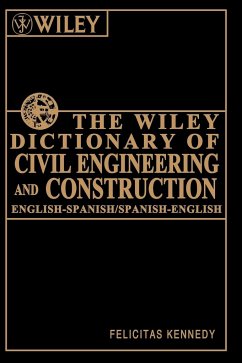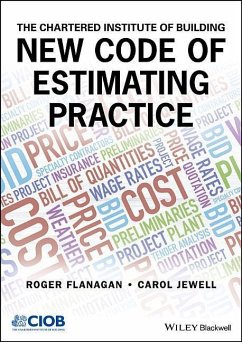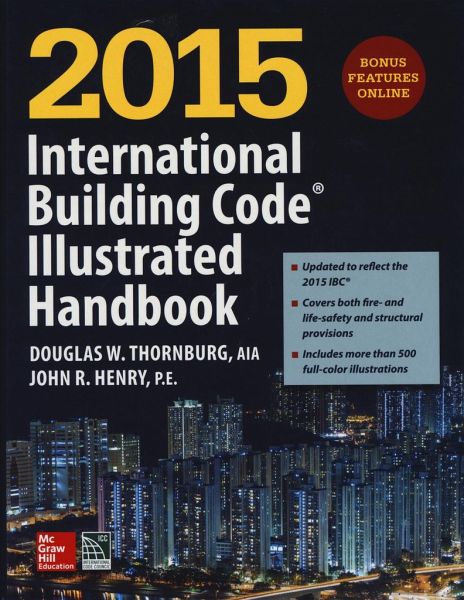
2015 International Building Code Illustrated Handbook
Versandkostenfrei!
Nicht lieferbar
Publisher's Note: Products purchased from Third Party sellers are not guaranteed by the publisher for quality, authenticity, or access to any online entitlements included with the product. An easy-to-use visual guide to the 2015 International Building Code® Thoroughly revised to reflect the International Code Council's 2015 International Building Code®, this full-color guide makes it easy to understand and apply complex IBC® provisions and achieve compliance. With an emphasis on structural and fire- and life-safety requirements, this practical resource has been designed to save time and mon...
Publisher's Note: Products purchased from Third Party sellers are not guaranteed by the publisher for quality, authenticity, or access to any online entitlements included with the product. An easy-to-use visual guide to the 2015 International Building Code® Thoroughly revised to reflect the International Code Council's 2015 International Building Code®, this full-color guide makes it easy to understand and apply complex IBC® provisions and achieve compliance. With an emphasis on structural and fire- and life-safety requirements, this practical resource has been designed to save time and money. The 2015 International Building Code® Illustrated Handbook provides all the information you need to get construction jobs done right, on time, and up to the requirements of the 2015 IBC®. A suite of online bonus features accompanies the book, including publications related to earthquake safety and seismic design, articles by expert engineers on the latest structural material standards, articles from ICC's Building Safety Journal, and more. Achieve Full Compliance with the 2015 IBC®: * Scope and Administration * Definitions * Use and Occupancy Classification * Special Detailed Requirements Based on Use and Occupancy * General Building Heights and Areas * Types of Construction * Fire and Smoke Protection Features * Interior Finishes * Fire Protection Systems * Means of Egress * Accessibility * Interior Environment * Exterior Walls * Roof Assemblies and Rooftop Structures * Structural Design * Structural Tests and Special Inspections * Soils and Foundations * Concrete * Masonry * Steel * Wood * Glass and Glazing * Gypsum Board and Plaster * Plastic * Plumbing * Elevators and Conveying Systems * Special Construction * Encroachments in the Public Right-of-Way * Safeguards During Construction * Appendices




